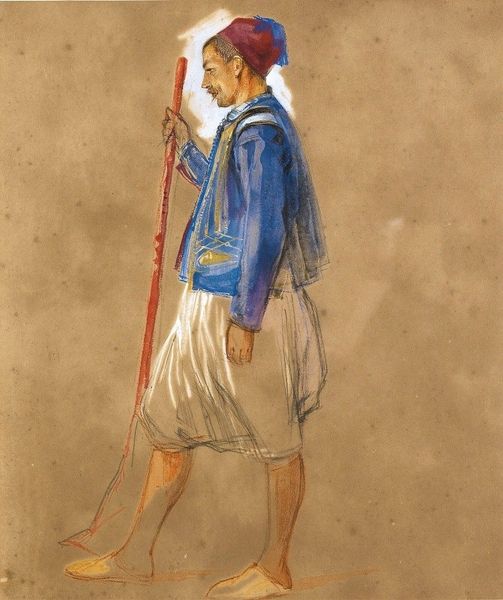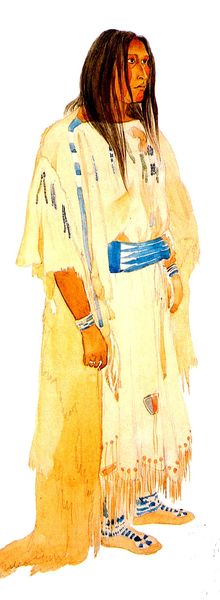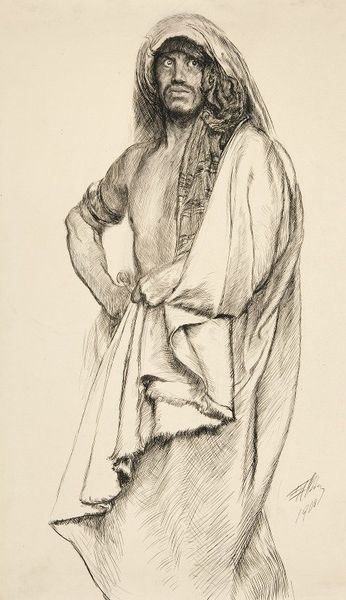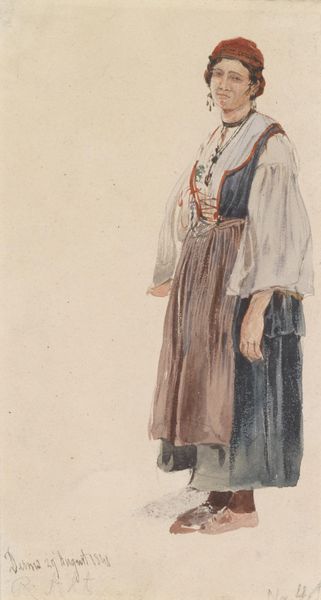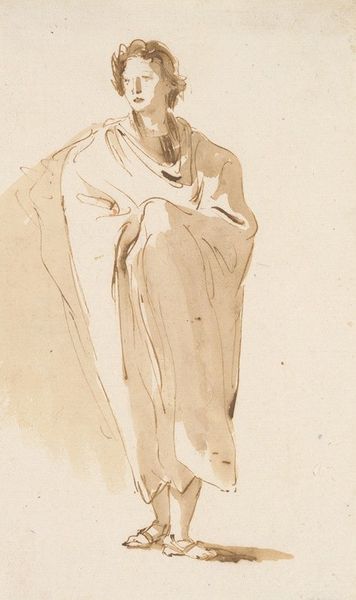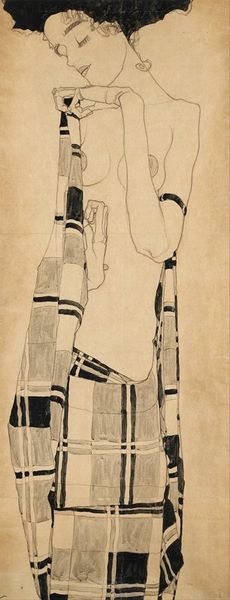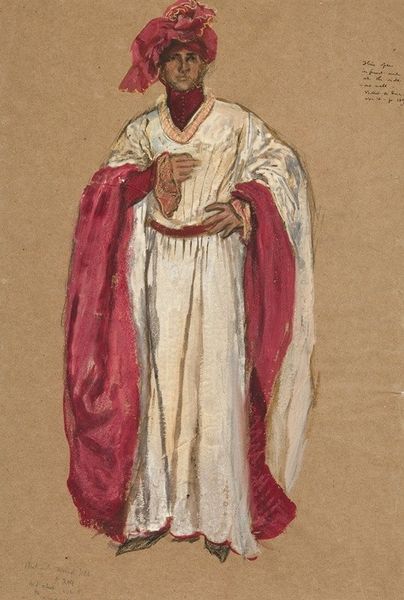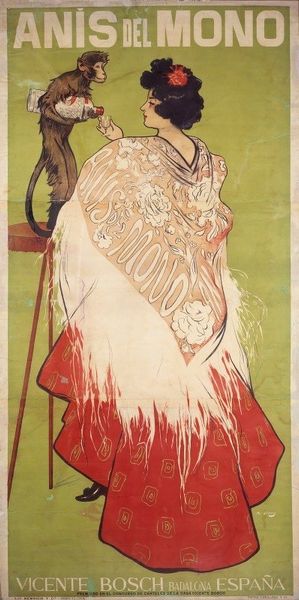
painting, watercolor
#
portrait
#
figurative
#
painting
#
figuration
#
oil painting
#
watercolor
#
romanticism
#
orientalism
Copyright: Public Domain: Artvee
Eugène Delacroix made this watercolor painting, titled "Arabe debout," sometime in his career. Delacroix was one of the leading French Romantic painters, and he was deeply interested in North Africa, particularly after his visit to Morocco in 1832. This painting reflects the Orientalist fascination prevalent in Europe at the time, where the "Orient" was seen as exotic and mysterious. The image creates meaning through the visual codes associated with Orientalism. The man's clothing, the turban, and the instrument he holds all point to a culture distinct from European norms. The loose brushwork and vibrant colors also contribute to the sense of the exotic. To understand this painting better, we might turn to travel literature, colonial histories, and studies of Orientalism. By understanding the painting through this historical lens, we can discuss the complex relationship between art, culture, and power.
Comments
No comments
Be the first to comment and join the conversation on the ultimate creative platform.

